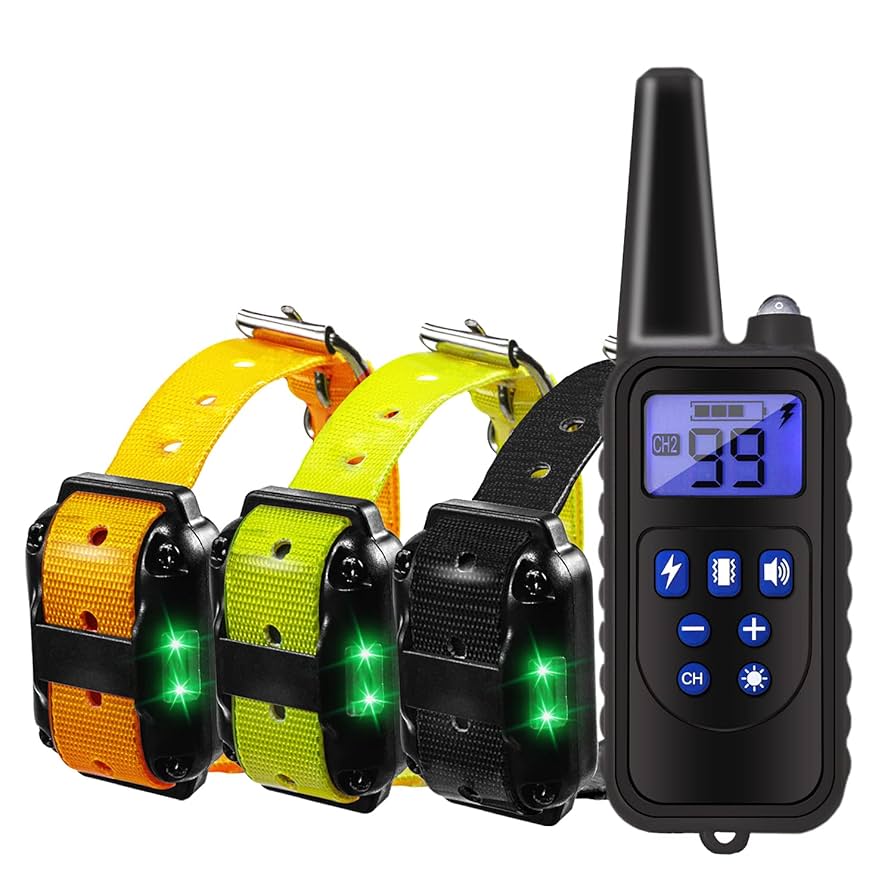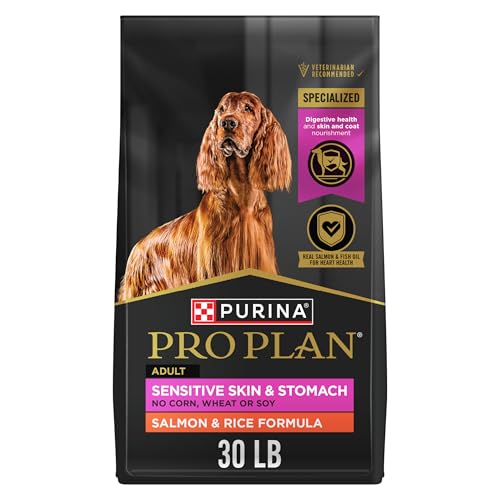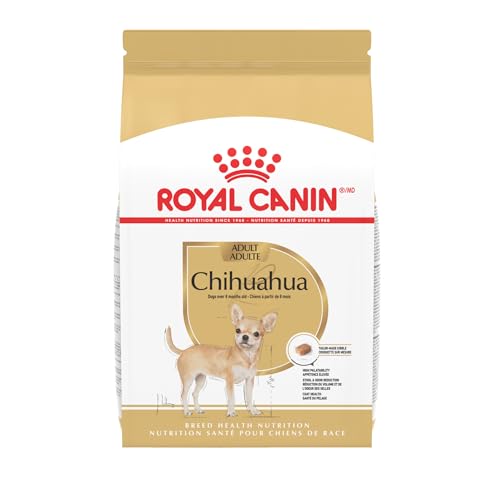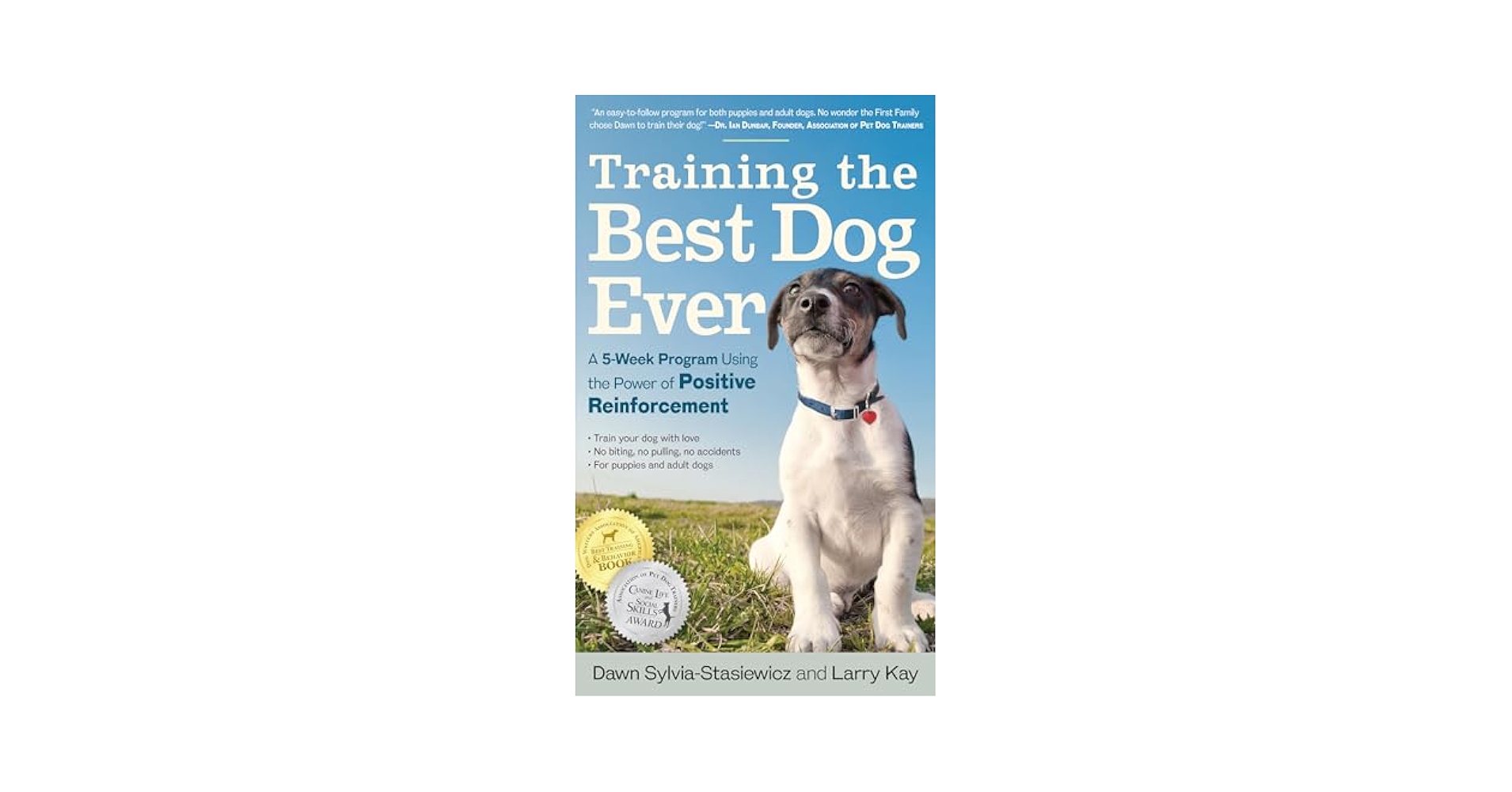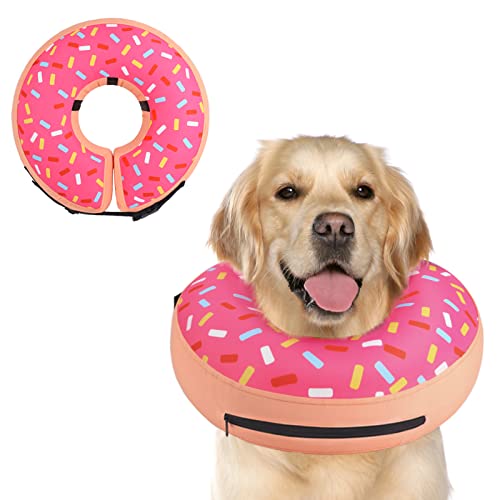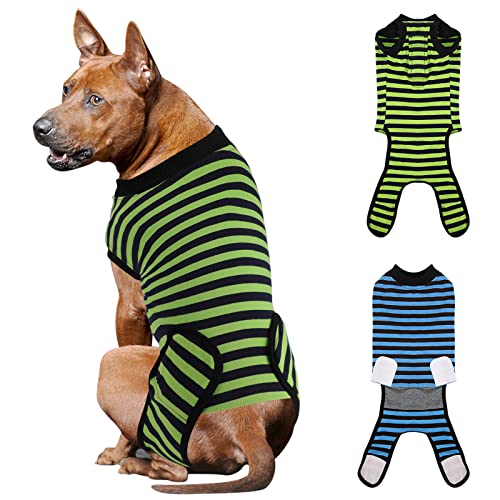If your dog growls, snaps, or stiffens when you get near their food, you’re not alone—and it can feel stressful and even a little scary. But the good news is, you don’t have to live with this behavior.
Understanding why your dog guards their food is the first step to stopping it. You’ll discover simple, effective ways to help your dog feel safe and relaxed around their meals. Keep reading, because with the right approach, you can turn mealtime into a calm and happy moment for both you and your furry friend.
Understanding Resource Guarding
Resource guarding is a natural behavior in dogs. It happens when dogs protect items like food, toys, or spaces. Understanding this behavior helps in managing it safely. Recognizing the signs early can prevent accidents and stress for both you and your dog.
Signs Of Resource Guarding
- Growling or snarling when someone approaches
- Showing teeth or snapping
- Stiff body posture
- Freezing or staring intensely at the person or animal
- Trying to hide or bury the item
- Running away with the item to a safe spot
Causes Of Resource Guarding
Resource guarding can come from fear or insecurity. Dogs may worry about losing valuable things like food.
Past experiences, like not getting enough food, can trigger guarding. Some dogs guard because it is part of their natural instincts.
Stress, anxiety, or lack of socialization can also cause this behavior. Understanding why your dog guards helps in finding the right solution.
Assessing Your Dog’s Behavior
Assessing your dog’s behavior is the first step in stopping resource guarding around food. Understanding how your dog reacts and what causes these reactions helps you choose the right approach. Careful observation reveals the seriousness of the guarding and the situations that trigger it. This knowledge makes training safer and more effective.
Evaluating Severity
Notice how your dog behaves near food. Does it growl softly or snap loudly? Some dogs only show mild signs, like stiffening or staring. Others may bite or lunge, which is more serious.
Track these points:
- Intensity of the reaction
- Frequency of guarding behavior
- Whether your dog lets you approach or not
Understanding the severity helps set clear limits. It also guides you on when to seek professional help.
Identifying Triggers
Watch for what causes your dog to guard its food. The trigger could be a person, another pet, or a specific spot.
Common triggers include:
- Being approached while eating
- Touching the food bowl
- Presence of other animals nearby
- Sudden noises or movements
Knowing triggers helps you prevent conflict and plan training steps. It also reduces stress for your dog.
Training Techniques
Training techniques are key to stopping dog resource guarding around food. They help your dog feel safe and trust you during meal times. Consistent training can reduce fear and aggression linked to guarding behavior. Two effective techniques are positive reinforcement and desensitization. Both build good habits and improve your dog’s comfort with sharing their food.
Positive Reinforcement
Positive reinforcement rewards your dog for calm behavior near food. Use treats, praise, or toys to encourage good actions. For example, give a treat when your dog lets you approach their bowl. This teaches your dog that your presence means something good, not a threat. Avoid punishment, as it can increase guarding and fear. Instead, focus on rewarding small steps toward sharing and calmness.
Desensitization
Desensitization helps your dog get used to people near their food slowly. Start by standing far from the food bowl and giving treats. Gradually, move closer over several sessions. Watch your dog’s body language for signs of stress. Stop if your dog shows aggression or fear. Repeat this process until your dog stays relaxed near their food. This technique reduces guarding by making your dog less sensitive to your approach.
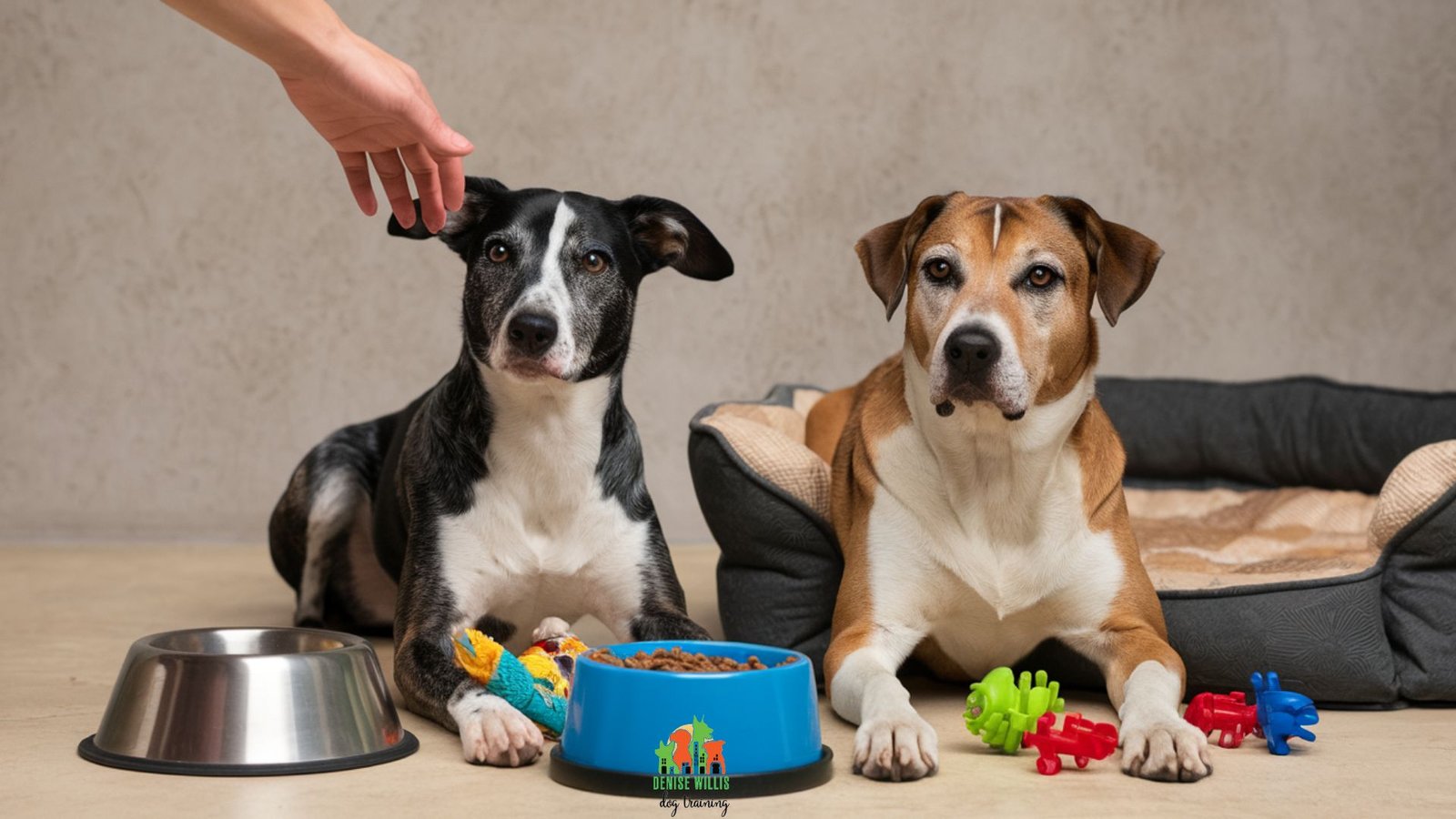
Credit: www.dwdogtraining.com
Establishing Boundaries
Establishing boundaries helps your dog feel safe around food. Clear rules reduce their need to guard resources. It creates trust and encourages calm behavior during meals.
Setting Up A Safe Feeding Environment
Choose a quiet, low-traffic area for feeding. This prevents distractions and interruptions. Use a separate space if you have multiple pets. Avoid feeding near doors or noisy zones.
Place the food bowl where your dog can eat peacefully. Keep children and strangers away during mealtime. This limits stress and protects your dog’s comfort.
Teaching Commands
Train your dog with simple commands like “leave it” and “stay.” These signals help control guarding behavior. Reward calm responses with treats or praise.
Practice commands during feeding times. Approach the bowl gently and say “leave it.” Wait for your dog to relax before giving food. Repeat often to build trust.
Use commands to guide your dog away from food if guarding starts. Always remain calm and patient. Consistent training supports better behavior over time.
Reducing Anxiety Around Food
Reducing anxiety around food is key to stopping your dog from guarding their meals. Dogs often guard food because they feel unsure about when they’ll get their next meal or if their food might be taken away. Helping your dog feel safe and relaxed during feeding times makes a big difference in calming this behavior.
Scheduled Feeding Times
Feeding your dog at the same times every day creates a predictable routine. Dogs thrive on consistency, and knowing when to expect their food reduces stress. Try setting two or three specific meal times instead of free-feeding, which can make your dog anxious about when the next meal will come.
Stick to the schedule even on weekends or holidays. This steady rhythm helps your dog trust that food is always available when it should be. Have you noticed how your dog acts when mealtime is unpredictable? That uncertainty can feed their guarding instincts.
Calm Feeding Practices
Creating a calm environment during meals lowers your dog’s stress levels. Avoid loud noises or sudden movements near their food bowl. Stand or sit quietly nearby, showing your dog that you aren’t a threat to their meal.
Try talking softly or offering gentle pats if your dog allows. This shows them that your presence during feeding is safe and even positive. You can also slowly introduce your hand near the bowl while they eat, offering treats from your palm to build trust.
Have you ever tried eating in a noisy, chaotic room? Your dog feels the same way during hectic feeding times. Your calm behavior teaches them to relax and feel secure around their food.
Professional Help
Professional help can make a big difference in stopping dog resource guarding food. Some behaviors need expert guidance to change safely. Trainers and behaviorists use tested methods to help dogs feel secure and reduce guarding.
Experts also support owners with clear steps. This makes training less stressful for everyone. Seeking help early can prevent problems from getting worse.
When To Consult A Trainer
Consult a trainer if your dog shows strong guarding signs. Signs include growling, snapping, or stiff body language around food. If your dog’s behavior risks safety, get help fast.
Trainers can assess the dog’s behavior and environment. They create a plan tailored to your dog’s needs. This plan keeps training safe and effective.
Benefits Of Behavioral Therapy
Behavioral therapy helps dogs change how they think about food. It teaches dogs to feel calm and relaxed near their food.
Therapy uses positive methods to build trust and reduce fear. This helps dogs share space without stress. It also improves the bond between dog and owner.
Long-term, therapy can stop guarding and related problems. It supports safer, happier homes for dogs and families.
Maintaining Progress
Maintaining progress in stopping dog resource guarding requires ongoing effort and attention. Consistency helps your dog feel safe and secure around food. It also reinforces positive behaviors learned during training. Staying alert to changes in your dog’s behavior lets you address issues early. This keeps resource guarding from returning or worsening.
Consistent Training Routine
Keep training sessions short and regular. Practice simple commands near your dog’s food bowl. Use rewards like treats or praise to encourage calm behavior. Avoid rushing or forcing your dog during meals. Consistency builds trust and helps your dog understand what is expected. A steady routine makes progress steady and lasting.
Monitoring Changes In Behavior
Watch your dog closely for signs of stress or aggression. Look for growling, stiff posture, or guarding body language. Note if your dog becomes anxious or protective around food. Track any new triggers or situations that cause guarding. Early detection allows quick adjustment of training methods. Staying observant prevents setbacks and keeps your dog relaxed.

Credit: sitmeanssit.com

Credit: pupford.com
Frequently Asked Questions
What Causes Dogs To Guard Their Food Aggressively?
Dogs guard food due to instinct, fear, or past scarcity. It’s a natural survival behavior but can be modified with training.
How Can I Safely Approach A Dog Guarding Food?
Approach calmly without sudden moves. Avoid direct eye contact and offer treats from a distance to build trust.
What Training Methods Stop Food Resource Guarding?
Use positive reinforcement, trade-up techniques, and gradual desensitization to change guarding behavior safely and effectively.
Can Food Guarding Be Prevented In Puppies?
Yes, early socialization and teaching sharing skills help puppies develop healthy eating habits and reduce guarding.
Conclusion
Stopping dog resource guarding takes patience and gentle steps. Teach your dog to trust you around food. Reward calm behavior and avoid sudden moves near their bowl. Consistency helps your dog feel safe and less worried. Small, steady changes build a better bond with your pet.
Keep training sessions short and positive. Over time, your dog will share food without fear. This helps both of you enjoy mealtime in peace. Trust grows slowly, but it is worth the effort. Keep kindness as your guide, and success will follow.

